
Headquarters of the People's Bank of China in Beijing. Photo: THX/TTXVN
The one-year loan prime rate (LPR) was kept unchanged at 3%, while the five-year LPR was unchanged at 3.5%. In a Reuters survey this week, all 23 traders predicted no change to both rates.
The LPR peg suggests the People's Bank of China is less in a hurry to ease monetary policy further after China reached a trade truce with the United States, even as October data showed signs of slowing economic activity.
The PBoC may have shifted to a less dovish stance after mentioning “cross-cyclical” policy adjustments in its third-quarter 2025 monetary policy implementation report for the first time since the first quarter of last year. The policy is aimed at smoothing the impact of economic cycles.
Analysts said a slew of economic data for October 2025, including a drop in exports and a further slowdown in retail sales, pointed to a more difficult fourth quarter.
New loans by Chinese banks fell sharply in October from the previous month and missed market expectations, as households and businesses remained cautious about taking on more loans due to economic uncertainty and trade tensions between China and the United States.
Goldman Sachs economist Xinquan Chen said the PBoC is willing to accept lower credit growth rather than respond with broad-based monetary and credit easing.
However, with the forecast of a growth slowdown becoming a reality, Mr. Chen said that monetary policy easing is more likely to be delayed than canceled, and he pushed back the forecast of a “double cut” of both policy interest rates and banks’ reserve requirement ratios to the first quarter of 2026, instead of the current quarter.
Source: https://vtv.vn/trung-quoc-giu-nguyen-lai-suat-cho-vay-chu-chot-thang-thu-6-lien-tiep-100251120154832845.htm


![[Photo] National Assembly Chairman Tran Thanh Man holds talks with South Korean National Assembly Chairman Woo Won Shik](/_next/image?url=https%3A%2F%2Fvphoto.vietnam.vn%2Fthumb%2F1200x675%2Fvietnam%2Fresource%2FIMAGE%2F2025%2F11%2F20%2F1763629724919_hq-5175-jpg.webp&w=3840&q=75)



![[Photo] President Luong Cuong receives President of the Senate of the Czech Republic Milos Vystrcil](/_next/image?url=https%3A%2F%2Fvphoto.vietnam.vn%2Fthumb%2F1200x675%2Fvietnam%2Fresource%2FIMAGE%2F2025%2F11%2F20%2F1763629737266_ndo_br_1-jpg.webp&w=3840&q=75)
![[Photo] Lam Dong: Panoramic view of Lien Khuong waterfall rolling like never before](/_next/image?url=https%3A%2F%2Fvphoto.vietnam.vn%2Fthumb%2F1200x675%2Fvietnam%2Fresource%2FIMAGE%2F2025%2F11%2F20%2F1763633331783_lk7-jpg.webp&w=3840&q=75)
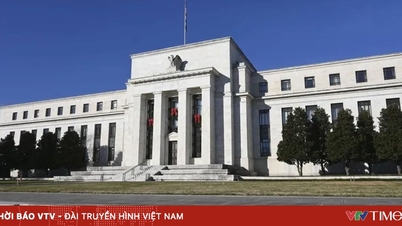


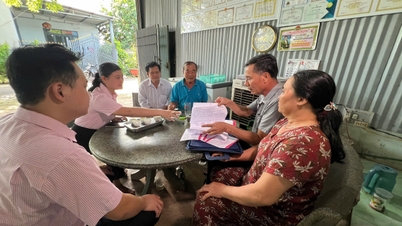



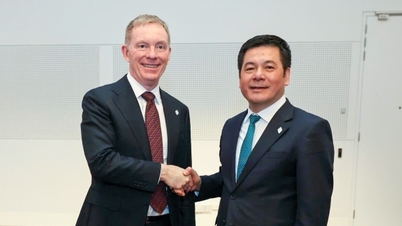




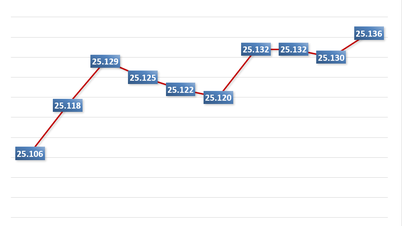








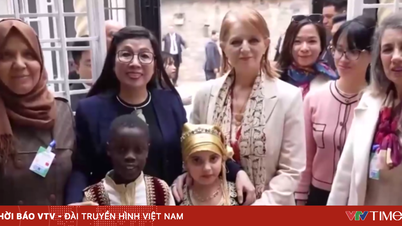
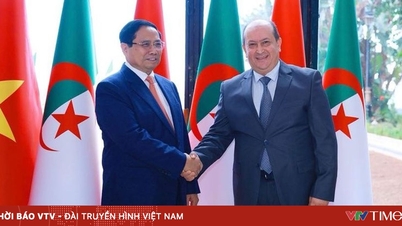

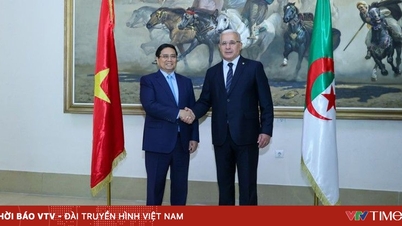

















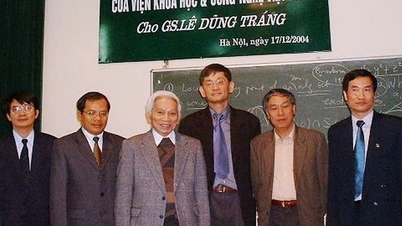




































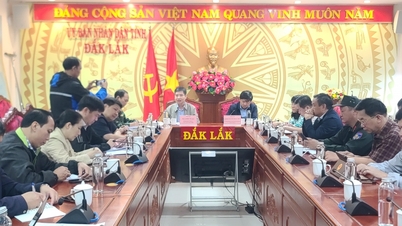

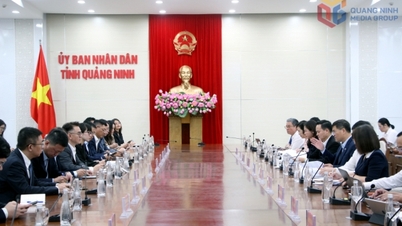





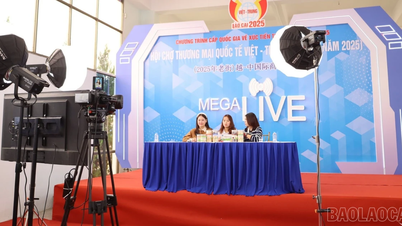

















Comment (0)